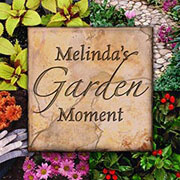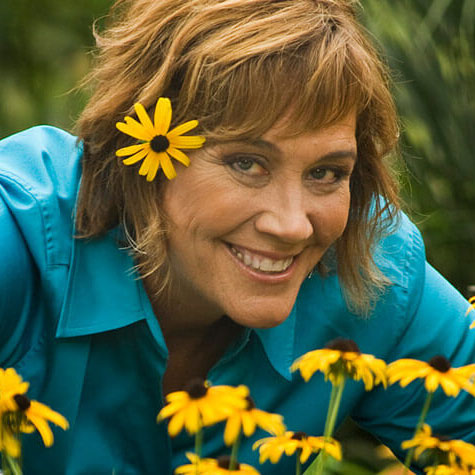
Melinda's Garden Moment Radio Tips

Melinda Myers
Nationally known gardening expert, TV/Radio host, author & columnist with over 30 years of horticulture experience and tons of gardening information to share! www.melindamyers.comMelinda's Garden Moment videos will help you create that beautiful landscape you’ve always wanted. Each week throughout the growing season, a new gardening video will be added right here, so be sure to stop back. You can also watch Melinda’s Garden Moments on your local network TV station affiliate.
Many gardeners know and grow bee balm (Monarda dydima), but its beautiful mildew resistant cousin spotted bee balm is often overlooked.
You’ll know it’s a bee balm by its unique, almost Dr. Seuss-like flowers. The small creamy yellow flowers appear between layers of white to lavender leaf bracts. The flowers appear throughout the summer and even longer with a bit of deadheading.
You’ll also find various bees, butterflies and beneficial insects visiting this native plant. The beneficial insects feed on or parasitize aphids, whiteflies and mealybugs helping to minimize the damage done by these garden pests.
Grow spotted bee balm in full sun or partial shade and well- drained soil. It is drought tolerant once established, resistant to powdery mildew and the deer tend to leave it be.
Use this zone 3 to 8 hardy perennial in wildflower or perennial gardens or to naturalize a sunny, fast draining slope.
A bit more information: Reduce mildew problems on Monarda dydima with proper siting and care. Grow it in full sun with good air circulation. Thin the plantings in spring to increase light and air penetration. Then mask infested leaves with slightly shorter nearby plantings.